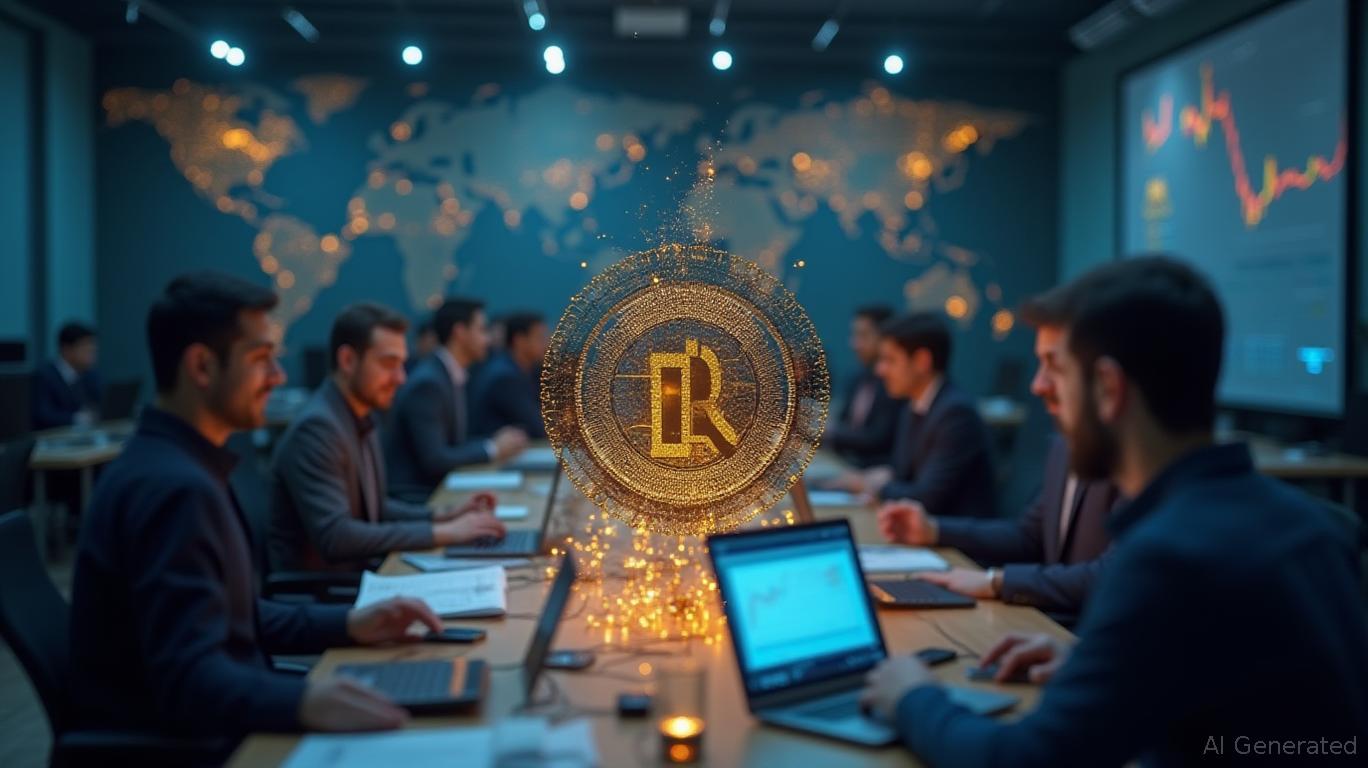AInvest Newsletter
Daily stocks & crypto headlines, free to your inbox
Iran's approach to cryptocurrency regulation is a delicate balance between harnessing the economic potential of digital assets and maintaining strict control to prevent capital flight and ensure monetary stability. The Central Bank of Iran (CBI) prohibits domestic payments using cryptocurrencies, but licensed miners are allowed to sell their mined coins for trade settlement. This dual approach creates a complex regulatory environment where investors and businesses must navigate specific restrictions imposed by various authorities, including the CBI, the Ministry of Energy, and the Iran Cyber Police (FATA).
The historical context of Iran's cryptocurrency journey reflects its unique geopolitical and economic pressures. In 2018, Iran legalized cryptocurrency mining but imposed industrial electricity tariffs. In 2021, temporary mining bans were implemented during seasonal power shortages. By 2023, the government authorized the use of cryptocurrency for cross-border trade to circumvent sanctions. In 2025, expanded mining regulations were introduced while maintaining payment restrictions. The 2021 arrest of illegal miners using subsidized household electricity marked a turning point in enforcement rigor, highlighting the government's commitment to regulating the sector.
The regulatory framework in Iran is overseen by key authorities such as the CBI, which controls all authorized crypto transactions, and the Ministry of Industry, which approves mining equipment imports. The Iran Power Generation Company allocates electricity quotas, and mining operations must register with industrial-scale facilities. Only state-approved pools can process mined coins, and the export of mined crypto requires CBI authorization. Anti-money laundering (AML) and know-your-customer (KYC) rules require licensed miners to document all coin movements, while public trading remains prohibited under currency controls. Citizens are encouraged to report illegal mining activities, and mining is taxed as industrial activity with rates varying by energy usage. There is no formal capital gains tax due to the trading prohibition.
Iran's cryptocurrency strategy combines strict oversight with selective economic utilization. The government authorizes industrial Bitcoin mining through 47 licensed operations, which face seasonal power restrictions and premium electricity tariffs. While maintaining a complete ban on domestic crypto payments, authorities permit
use for importing sanctioned goods, including medical equipment and oil sector transactions. All proceeds must flow through Central Bank channels at official exchange rates. Recent enforcement measures have intensified, with January 2025 crackdowns freezing over one million bank accounts linked to unauthorized crypto activity for 23 days. The government has established a rigorous licensing system for exchanges and OTC desks, with exclusive trade-purpose restrictions for approved platforms and severe penalties for illegal mining. This controlled ecosystem enables Iran to harness crypto’s economic benefits while preventing capital flight and maintaining monetary authority.Iran has embraced state-sponsored innovation in cryptocurrency, focusing on government-led projects in the open markets. Unlike many countries with regulatory sandboxes, Iran tightly controls all activities related to blockchain, chiefly those applications that are financial in nature. Key aspects of Iran’s innovation landscape include state-backed mining pools dominating the legal ecosystem and private sector innovation limited to non-financial applications. Notable projects include a gold-backed stablecoin for trade settlements and blockchain-based energy grid management. The government has focused its efforts on developing practical solutions to boost economic infrastructure while restricting broader crypto adoption that could threaten financial stability.
Despite these efforts, Iran faces notable challenges in its cryptocurrency landscape. Black market mining consumes a significant amount of illicit power, and enforcement gaps in tracking peer-to-peer trading persist. Equipment shortages due to import restrictions and public distrust of centralized crypto policies further complicate the regulatory environment. There are no clear rules for normal citizens using crypto, and banks block all crypto-related money transfers. The technology for tracking illegal crypto use is outdated, making it difficult for authorities to enforce regulations effectively.
Looking ahead, Iran’s cryptocurrency landscape is poised for significant changes. According to the analyst's forecast, the sector is expected to generate $1.5 billion in revenue by 2025, growing at 23.7% annually to reach $1.9 billion by 2026. User adoption is expected to expand to 6.73 million Iranians by 2026, with penetration rising from 6.97% in 2025 to 7.23% in 2026. These developments may lead to stricter mining quotas after 2025 to better manage energy resources and potentially launch trials for a national digital currency aimed at domestic payments. The government may also expand permitted crypto uses for sanctioned sector imports, particularly in medicine and industrial equipment. As these developments unfold, Iran is increasingly positioned to influence cryptocurrency adoption across Eurasian markets, especially among fellow sanctioned nations seeking alternative financial channels.
In conclusion, despite regulatory challenges, Iran’s crypto market shows remarkable resilience and growth potential. With potential strategic reforms and the increasing adoption of the sector, it could become one of the major instruments in the future of economic innovation. All eyes will be on this space, as Iran pursues its own unique path toward integration with blockchain technology while overcoming sanctions and energy constraints.

Quickly understand the history and background of various well-known coins

Dec.02 2025

Dec.02 2025

Dec.02 2025

Dec.02 2025

Dec.02 2025
Daily stocks & crypto headlines, free to your inbox
Comments
No comments yet